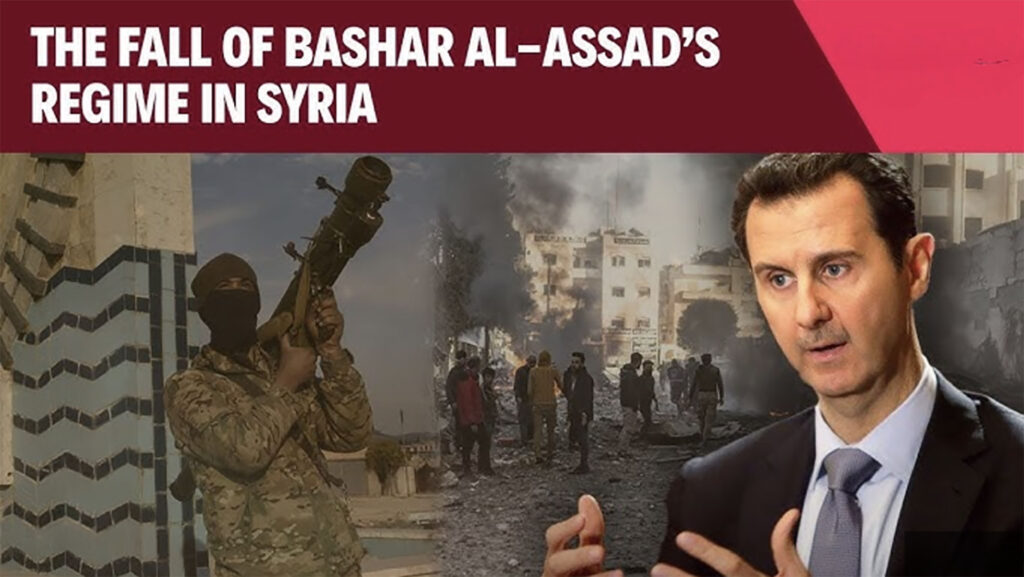
Introduction
The ongoing conflict in Syria has drawn international attention due to its devastating humanitarian impact and geopolitical ramifications. Since the outbreak of civil war in 2011, Syria has transformed from a once-stable nation into a focal point for global humanitarian efforts, displaying the dire need for comprehensive solutions. Over 14 million people remain in need of humanitarian assistance, showcasing the importance of addressing this crisis head-on.
The Current Situation
As of 2023, Syria remains fragmented, with various factions controlling different territories. The Syrian government, backed by allied forces from Russia and Iran, has regained significant control over key regions. However, opposition groups and Syrian Democratic Forces continue to contest authority in various areas, including parts of the north where Turkish influence remains strong.
Despite significant military developments, the humanitarian situation continues to worsen. According to the United Nations, around 90% of the population lives below the poverty line, and many lack access to essential services such as healthcare, clean water, and education. The recent earthquake that struck Turkey and Syria in February 2023 further exacerbated these conditions, leaving thousands displaced and increasing the number of casualties.
Efforts for Peace and Aid
International organizations and foreign governments continue to respond to the humanitarian crisis in Syria. Efforts include providing food, shelter, and medical aid to millions displaced both internally and in neighboring countries like Turkey and Lebanon. Initiatives such as the ‘No Lost Generation’ program aim to address the educational needs of children affected by the conflict.
Simultaneously, discussions for a potential long-term resolution to the conflict are ongoing, albeit with little progress. The United Nations has facilitated talks, yet differing interests among international stakeholders complicate the peace process. Countries like the United States, European nations, and regional powers have differing approaches, creating a stalemate in diplomatic efforts.
Conclusion
The situation in Syria remains fluid, characterized by enduring conflict and overwhelming humanitarian needs. As international awareness continues to grow, the need for cohesive action becomes critical—not just for immediate relief but also for fostering sustainable peace. The plight of the Syrian people remains an urgent call for action, urging global leaders to prioritize humanitarian access and engage seriously in diplomatic solutions. As the conflict continues, understanding its complexities is essential for a constructive approach to recovery and rebuilding.


